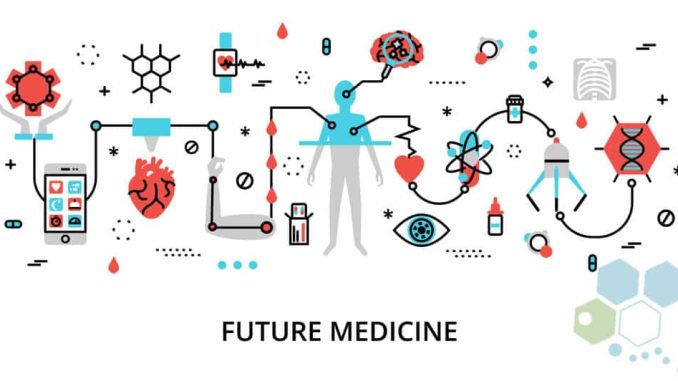
Rewriting can be very helpful under the right conditions. It ensures bloggers avoid “content theft”, and keeps other people from stealing their work either. The potential market would be huge. In the past, patients suffering from a disease might have to undergo treatment that was not aimed at them at all. But recently there is innovation in gene editing technology which enables each and every patient to have his own specific kind of treatment. Such a development will surely revolutionize the science of medicine.
If the increased medicine’s efficacy advantage to humans still prevails, we will have longer lives in which we pass through life disease-free from any of the hundreds of different kinds that await us as we get older. Pretty soon, all people in the world will have these kinds of victories over death and they may come to patronize them as their birthright.0This innovation in gene editing is no by-product of the development of new techniques such as prime editing and base editing.
Its application greatly reduces the risks characteristic of gene editing technology used for therapeutic purposes. New Paradigm on Medical Treatment In traditional medicine, all treatments depend on the idea that people with similar clinical conditions will produce similar symptoms and respond in a similar way to drugs. However, this blanket approach overlooks genetic diversity factors which determine how individuals respond to medication or therapy — resulting in failure of therapeutic effects for many patients.
With gene editing technology predicting and individualized medicine has ceased to be a mere concept. Understanding the genetic causes of a disease allows doctors to tailor the therapy for each individual patient, which in turn not only increases efficacy but also minimizes adverse reactions.
Applications for Treatment of Diseases
Gene editing holds out one feasible way for personalized medicine to upend maladies like cystic fibrosis, sickle-cell anemia and muscular dystrophy, which are caused by single genetic faults. Because traditional therapies only know to cure symptoms, they but have no idea where fault lies; and so they’re of little help in really fixing things.
Gene editing seems likely to break through all this eventually so long as it can correct those genetic errors, even at a double level. such as Classical examples include promising results for sickle cell anemia from clinical studies using CRISPR over the past few years: it was found patients whose letters of heredity were bad enjoyed markedly better relief on grounds Both and did fruit letter not end up torn–probably pointing ahead to this technology’s successful practical application.
In another angle, gene editing also heralds the great potential for eliminating many other kinds of diseases in addition to genetic disorders, such as cancer, cardiovascular disease and nervous system illnesses. Why Couldn’t Medicine Be Like Eating a Pill? For example, in oncology, explodes researchers are now looking at gene editing methods for targeting cancer cells with greater precision and avoiding damage to healthy tissue–just as a person today might wash down his medicine by munching on something sweet or sour.
Ethical and regulatory status
As with any revolutionary technology, the rapid emergence of gene editing raises important ethical and regulatory questions. The ability to alter human DNA carries with it concerns about inadvertent consequences such as changes in the genetic code being transmitted down through future generations without people’s knowledge. Again, only certain people may have the capability to employ gene editing techniques, thereby creating social inequality.
All of these items seems terribly important–so much so that scientists, ethicists, policymakers and the public may need to continue such discussions in perpetuity. It is important to set up tight rules and regulations from an early stage, so that gene editing can be made responsible and available to all in a fair and equitable fashion. For example, what constitutes the proper limits? How to check if if a human genetic modification is safe and effective as a therapy for people in need? What about the demand for and supply of needed therapies-all those questions remain offensive yet unanswered.
From Here To There
Gene editing allows us to envision the bright future of personalized medicine. In an age when health care is beginning to be controlled more and more by genetics and biotechnology, blessings are being poured out on patients with previously untreatable diseases. But the potential of gene editing still needs to be carefully nurtured. How to do this? It seems that whether the future of technology is regulated or not (and there is no way it could escape regulation), and whatever kind of ethical considerations are present at every step along the way–this will have much bearing on future generations.
Perhaps gene editing will change the face of medicine sometime in the future. It presents a form of strength increase which is able to perfectly fit both the patient and his or her the bad part only. When one thinks of a situation like that seen in tonight’s poems-for example with the patient wearing a dress–it appears that healthcare may indeed become more in tune, or tuned around individual needs and genetic qualities left to its own devices. If we are lucky it will be so.